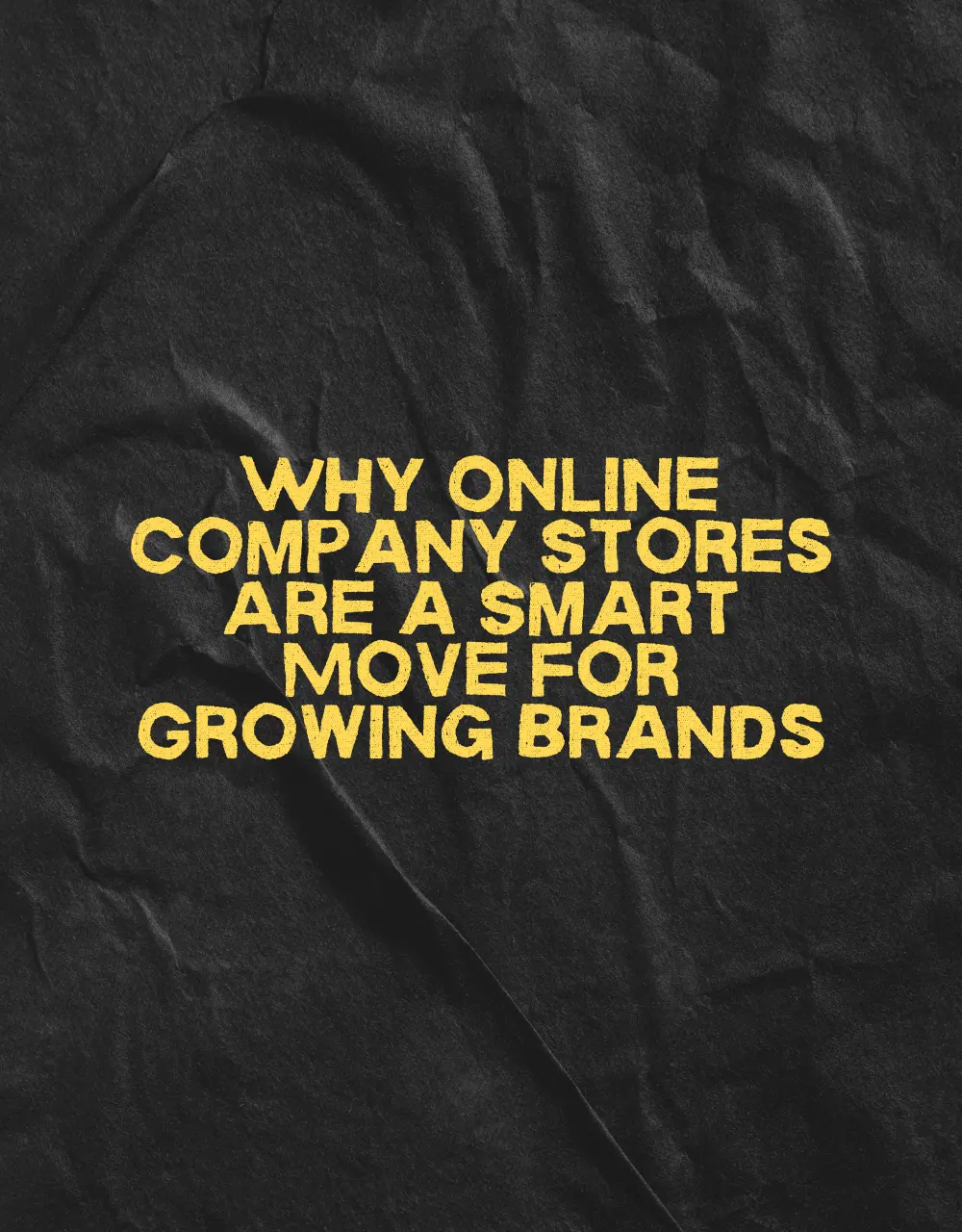How Do You Audit and Optimize an Underperforming Online Company Store?
Struggling with a slow or ineffective online company store? Learn how to audit key areas like usability, product selection, and marketing, then optimize for better engagement and higher sales.

An online company store can be a powerful asset for businesses looking to streamline the distribution of branded merchandise, uniforms, and employee gifts. But what happens when your online company store is underperforming? Maybe orders have slowed down, user engagement has dropped, or your staff and customers are not happy with the experience.
Before writing off your online company store, it’s worth taking a close look to see what can be improved. Conducting a thorough audit and making targeted optimizations can breathe new life into your store, boost engagement, and increase orders. Here’s how to get started.
Step 1: Analyze User Behavior and Traffic Data
The first place to start when auditing an online company store is data. Use tools like Google Analytics or your store’s built-in reporting to understand how users are interacting with the site. Look at metrics such as the number of visitors, bounce rates, average time on site, and conversion rates.
Pay special attention to where users drop off. Are many visitors leaving the site on the homepage or product pages? High bounce rates or low conversion rates often signal problems with usability or content relevance.
Review your traffic sources too. Are users mostly coming from internal communications, email campaigns, or search engines? Understanding how people find your store helps tailor your marketing efforts.
Step 2: Evaluate Site Usability and Navigation
A confusing or clunky website will turn users away fast. Test your online company store yourself or gather feedback from real users to identify pain points. Ask if the navigation is intuitive, the search function works well, and the checkout process is simple.
Common issues include unclear menu labels, too many steps to complete an order, or poor mobile optimization. Mobile users make up a large portion of online shoppers, so your store must look and work great on phones and tablets.
Improving usability often results in higher user satisfaction and increased sales.
Step 3: Review Product Selection and Presentation
Sometimes an underperforming store suffers from a lack of appealing products or poor presentation. Review your product catalog to ensure it includes items your audience wants and finds useful.
Are your products organized logically? Do you have clear categories and filters that help users find items quickly? Are product descriptions detailed and accurate with high-quality images?
If your product selection feels outdated or too limited, consider refreshing your offerings with new items that align with current trends or employee preferences.
Step 4: Check Branding Consistency and Messaging
Your online company store should feel like a natural extension of your brand. If the design, colors, fonts, or tone of voice do not match your company’s brand guidelines, users may find the experience disjointed.
Consistent branding builds trust and makes the shopping experience more pleasant. Review all visual and written content on your store to ensure it supports your brand identity and communicates value clearly.
Step 5: Optimize Marketing and Communication
Driving traffic to your online company store is essential. If engagement is low, examine your marketing strategies. Are you promoting the store effectively through emails, newsletters, or internal communications?
Consider launching targeted campaigns that highlight new products, seasonal promotions, or special employee offers. Personalized messaging can also increase engagement by making users feel valued.
Incorporate clear calls to action that encourage users to visit and explore the store regularly.
Step 6: Test Pricing and Order Policies
Pricing can be a hidden factor that affects sales. Review your pricing structure to ensure it is competitive and fair. If products feel too expensive or the ordering process has complicated minimums, users might abandon their carts.
Look at shipping policies as well. Unexpected fees or slow delivery can deter buyers. Offering free shipping on certain order amounts or clear delivery timelines improves the buying experience.
Step 7: Improve Backend and Fulfillment Efficiency
The technical side of your online company store plays a big role in its success. If orders are delayed, items are out of stock, or returns are complicated, users will lose confidence quickly.
Evaluate your inventory management and fulfillment processes. Is your backend integrated with suppliers and shipping services? Can you track orders in real time and update stock levels accurately?
Optimizing these operations not only improves customer satisfaction but also reduces costs and errors.
Step 8: Collect and Act on User Feedback
One of the best ways to improve an online company store is by listening to your users. Regularly collect feedback through surveys, suggestion boxes, or direct conversations.
Ask users what they like, what frustrates them, and what products or features they wish were available. This insight is invaluable for guiding your optimization efforts and prioritizing changes.
Make it easy for users to provide feedback and show them that you value their input by making visible improvements.
Step 9: Monitor Performance and Iterate
Optimizing an online company store is an ongoing process. After making changes, monitor key performance indicators closely to understand their impact.
Track metrics like sales growth, user engagement, and customer satisfaction. Use A/B testing to compare different versions of pages or marketing messages to find what works best.
Continuous iteration allows you to refine the user experience and keep the store aligned with evolving business needs and user preferences.
Final Thoughts
An underperforming online company store is not a lost cause. With a clear audit plan and focused optimization efforts, you can transform it into a high-performing platform that supports your brand and serves your employees and customers well.
Start by analyzing data and user behavior, then improve usability, product selection, branding, and marketing. Don’t forget to streamline backend operations and listen closely to user feedback. By treating your company store as a living asset that evolves over time, you will unlock its full potential.
If you want expert help auditing and optimizing your online company store, Flywheel Brands offers tailored solutions designed to maximize engagement, streamline fulfillment, and grow your branded merchandise program.
Our insights

Why Cheap Merch Costs Brands More in the Long Run

Why Online Company Stores Are a Smart Move for Growing Brands

Why Branded Employee Headwear Matters for Modern Teams

Find your ultimate branding solution.
Got some ideas but not sure how to execute?

















